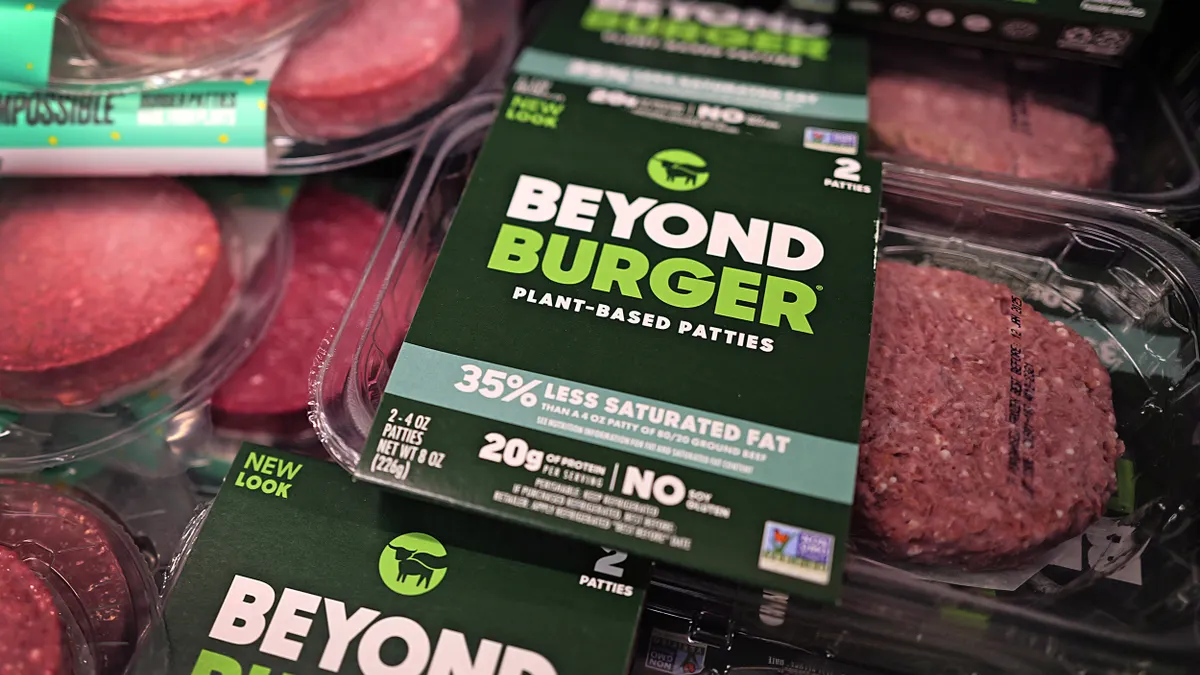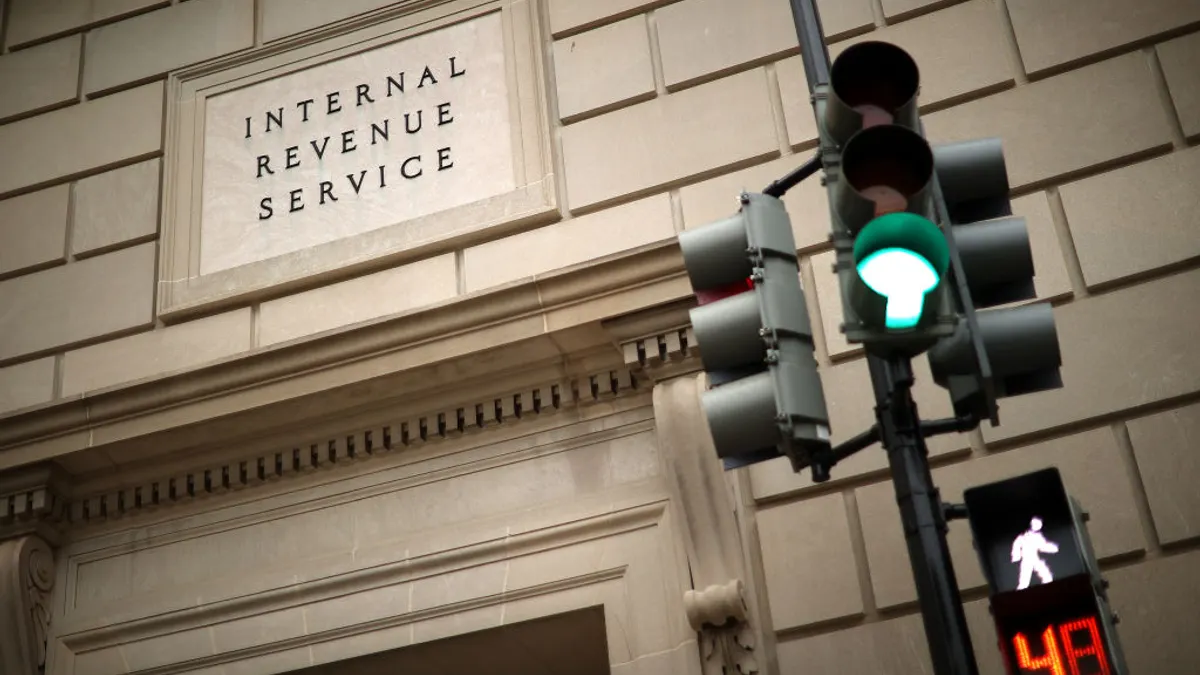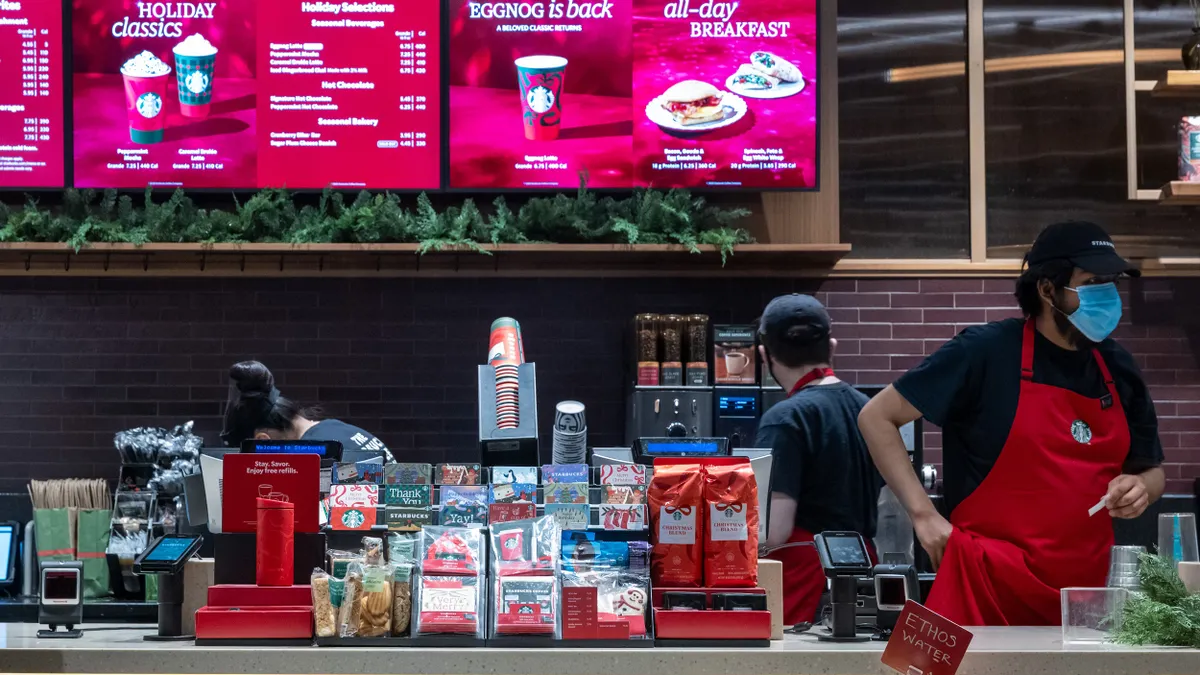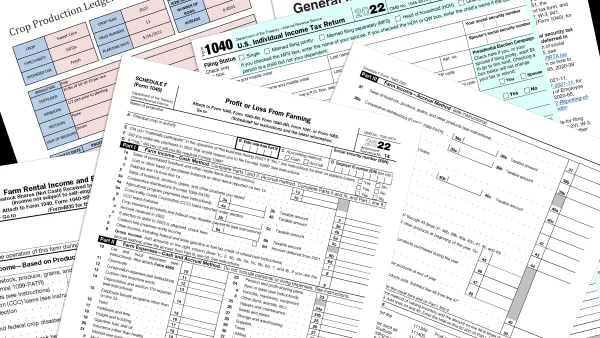Light is beginning to emerge in the initial public offering space, causing companies to take a second look at potential plans to go public. For companies that are looking to complete an IPO within the next year or so, it’s crucial for them to be able to show that “you have a good ROI on your investment, whatever that may look like,” said Ben Gammell, CFO of Brex.
The San Francisco, California-based company offers an AI-powered spend management platform that can help businesses on the path forward to going public through tools such as forecasting, according to a blog post on its website.
For a business looking to take that step, “having a strong ability to set intentionality about where the company is investing and why, and how that's going to drive future profitability and or free cash flow” is imperative, Gammell said in an interview.
A six-year alum of the company, Gammell took the CFO seat last October, after previously serving as SVP of finance and accounting. His also previously served as chief of staff to the CEO, according to his LinkedIn profile.
Profitability stays top of mind
Rising interest rates, uncertainty surrounding the possibility of a coming recession and other economic headwinds have largely flattened the IPO market over the past couple of years, beginning during the onset of the COVID-19 pandemic.
Enthusiasm surrounding the potential impact of emerging technologies such as artificial intelligence and more confidence that the Federal Reserve might achieve a soft landing have driven up optimism surrounding IPOs in recent months, however, with U.S. IPOs raising $8.4 billion in the first quarter of this year — more than triple the value seen in Q1 2023, according to an April study by Big Four accounting firm Ernst & Young. Share prices of companies going public also increased by 38% above the opening price on average, indicating rising confidence, CFO Dive reported.
Many CFOs are paying close attention to how recent IPOs perform following their debut — Gammell, for example, is closely watching the aftermath of the Rubrik IPO, a data security software company which went public at the top of the month following in the footsteps of Astera Labs and social media site Reddit.
Unlike the latter two companies, Rubrik was not profitable before their IPO — reporting a net loss of $354.2 million for its last fiscal year, CNBC reported — and “so I think from that dynamic, it's a little bit more of an indicator of, how does the market feel about let's call it the tech companies of yesteryear, where they were high growth, not yet profitable companies, and what is investor sentiment around that?” Gammell said.
While Rubrik could prove to be a critical case study for how investors may treat upcoming technology IPOs, the prevailing attitude is still to achieve that milestone of profitability at the time of an IPO for companies seeking to go public, Gammell said, citing feedback from Brex’s customer base.
“I think a big sort of area of pre-IPO company focus is, building the muscle around…the key drivers of the business so you can concisely explain them to investors, and also just make sure you, yourself, really understand your business so that you can very accurately forecast,” he said.
From a CFOs’ perspective, for that matter, the prevailing wisdom has always been that a company should have a strong, compelling reason to go public — a bar that has been raised given the present macroeconomic environment.
“It’s obviously an amazing milestone, and it's a feather in the cap for a CFO, but also for a company, obviously, to go public,” he said. “But there's also the cost of going public in terms of, you have increased reporting obligations, and now [that] you're a public company, you have to deal with all…(the) impacts of that in terms of the employee base and all of the like.”
Balancing growth, cost on path to public
Demonstrating a clear growth path is also a key focus for Gammell himself, as Brex looks to balance future expansion with its need to pull the brakes on its cash burn. The company reportedly went through $17 million per month during its fourth quarter, with the platform laying off 20% of its staff and announcing a senior leadership shakeup among other efforts to curb its spending.
“I would say one of the big focal points for me is just to make sure that we're sustainably growing, fundamentally, and that we are putting the right level of investment into the business” across key spaces such as R&D, sales and marketing, he said, keeping the lens on ensuring the company is on a path to profitability.
Valued at $12.3 billion, speculation about a future IPO by Brex itself — alongside competitors including Ramp — rose last year after the company took swift action following the collapse of Silicon Valley Bank, signing up more than 4,000 customers in 36 hours and raking in more than $2 billion in deposits, according to a report by CNBC. The company extended lines of credit to incoming customers following the bank’s collapse through offerings such as its business credit card.
However, the company may have grown its organization too quickly, executives said following reports of its cash burn, culminating in a series of layoffs. Brex currently has about $1.4 billion in funding, according to CNBC.
While going public is “definitely something” Brex is considering at some point in its future, it has no immediate plans to do so, Gammell said. For now, the company has “more than enough capital,” and is comfortable being a private company for several more years, he said.
“I think for us, there is an element of capital intensity about our business, and so access to public market capital, and the investor pool that goes along with that” will be important at some stage of life for Brex, he said about what could potentially drive the spend management platform to go public.






















